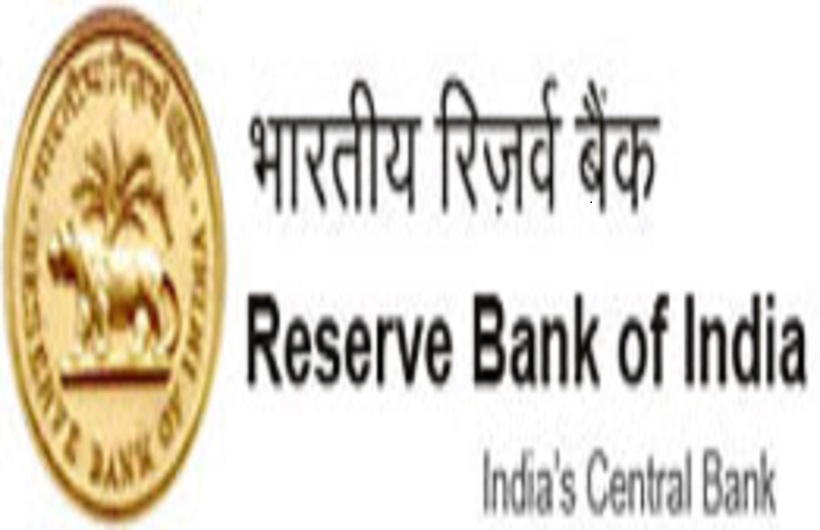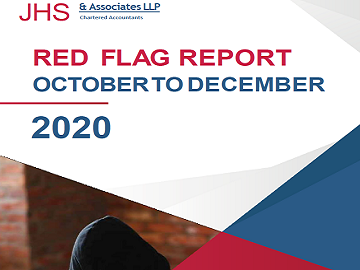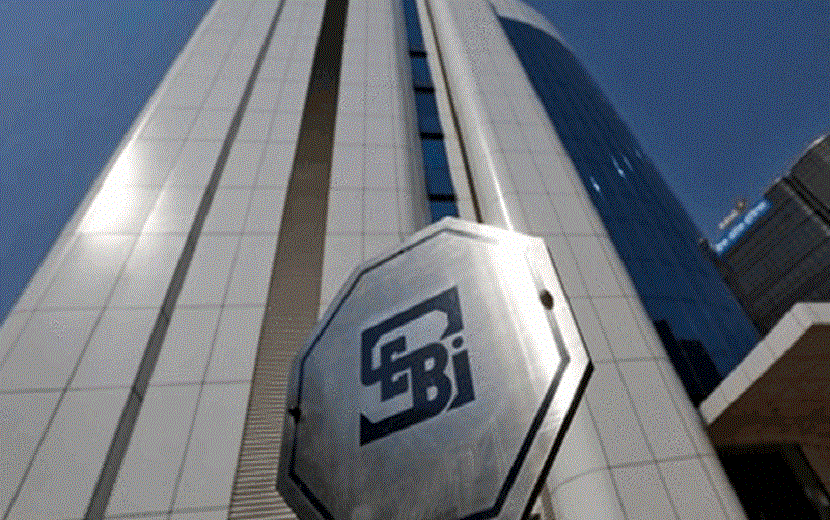Reference: Reserve Bank of India
Update:
RBI has decided to introduce a new type of semi-closed PPI with the following features:
a) Such PPIs shall be issued by bank and non-bank PPI Issuers after obtaining minimum
details of the PPI holder.
b) The minimum details shall necessarily include a mobile number verified with One Time Pin (OTP) and a self-declaration of name and unique identity / identification number of any ‘mandatory document’ or ‘officially valid document’ (OVD) listed in the ‘Master Direction – Know Your Customer (KYC) Direction, 2016’ issued by Department of Regulation, Reserve Bank of India, as amended from time to time.
c) These PPIs shall be reloadable in nature and issued in card or electronic form. Loading / Reloading shall be only from a bank account.
d) The amount loaded in such PPIs during any month shall not exceed Rs.10,000 and the
total amount loaded during the financial year shall not exceed Rs.1,20,000.
e) The amount outstanding at any point of time in such PPIs shall not exceed Rs.10,000.
f) These PPIs shall be used only for purchase of goods and services and not for funds
transfer.
g) PPI issuers shall provide an option to close the PPI at any time and also allow to transfer the funds ‘back to source’ (payment source from where the PPI was loaded) at the time of closure.
h) The features of such PPIs shall be clearly communicated to the PPI holder by SMS / email / post or by any other means at the time of issuance of the PPI / before the first loading of funds.
i) The minimum detail PPIs existing as on the date of this circular can be converted to the above type of PPI, if desired by the PPI holder.
Implication:
This will give impetus to small value digital payments and enhance user experience.
Reference: Central Board of Indirect Taxes and Customs
Update:
Generation of DIN:
CBIC has directed that electronic generation and quoting of Document Identification Number (DIN) shall be done in respect of all communications (including e-mails) sent to tax payers and other concerned persons by any office of the Central Board of Indirect Taxes and Customs (CBIC) across the country.
Implication:
The same shall be deemed to have come into effect from 24.12.2019.
Update:
Extension of Due date for filing FORM GSTR 3B:
CBIC has extended last date for filing of FORM GSTR-3B for the month of November, 2019 by three days from 20.12.2019 till 23.12.2019.
Implication:
This notification shall be deemed to have come into force with effect from the 20th Day of December, 2019
Update:
Standard Operating Procedure to be followed in case of non-filers of returns:
The CBIC issued guidelines to ensure uniformity in the implementation of the provisions of law across the field formations: Preferably, a system-generated message would be sent to all the registered persons 3 days before the due date to nudge them about the filing of the return for the tax period by the due date.
Once the due date for furnishing the return under section 39 is over, a system-generated mail/message would be sent to all the defaulters immediately after the due date to the effect that the said registered person has not furnished his return for the said tax period; the said mail/message is to be sent to the authorized signatory as well as the proprietor/partner/director/Karta, etc.
Five days after the due date of furnishing the return, a notice in FORM GSTR-3A (under section 46 of the CGST Act read with rule 68 of the CGST Rules) shall be issued electronically to such registered person who fails to furnish return under section 39, requiring him to furnish such return within fifteen days;
In case the said return is still not filed by the defaulter within 15 days of the said notice, the proper officer may proceed to assess the tax liability of the said person under section 62 of the CGST Act, to the best of his judgement taking into account all the relevant material which is available or which he has gathered and would issue order under rule 100 of the CGST Rules in FORM GST ASMT-13. The proper officer would then be required to upload the summary thereof in FORM GST DRC07;
For the purpose of assessment of tax liability under section 62 of the CGST Act, the proper officer may take into account the details of outward supplies available in the statement furnished under section 37 (FORM GSTR-1), details of supplies auto-populated in FORM GSTR-2A, information available from e-way bills, or any other information available from any other source, including from inspection under section 71;
In case the defaulter furnishes a valid return within thirty days of the service of assessment order in FORM GST ASMT-13, the said assessment order shall be deemed to have been withdrawn in terms of provision of sub-section (2) of section 62 of the CGST Act. However, if the said return remains unfurnished within the statutory period of 30 days from the issuance of an order in FORM ASMT-13, then the proper officer may initiate proceedings under section 78 and recovery under section 79 of the CGST Act;
Implication
The CBIC directed to follow guidelines by the proper officer in case of non-furnishing of return. In deserving cases, based on the facts of the case, the Commissioner may resort to the provisional attachment to protect revenue under section 83 of the CGST Act before issuance of FORM GST ASMT-13.













